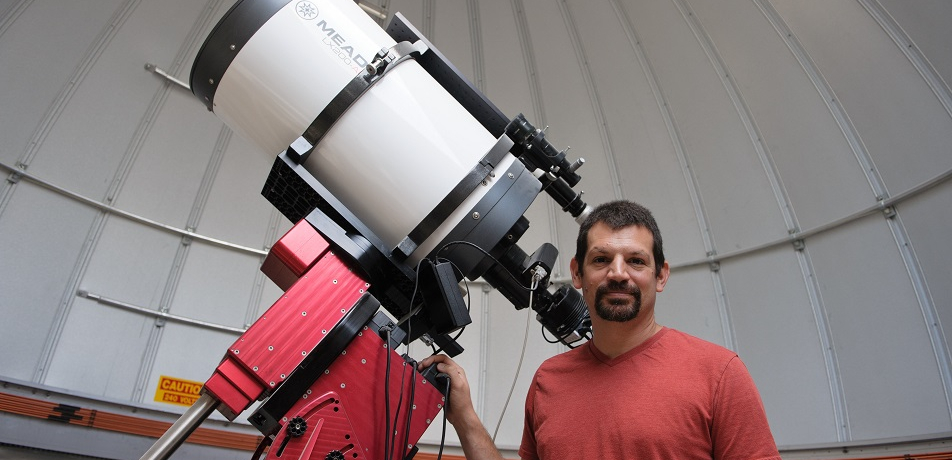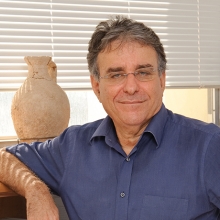Going out with a bang
Surprising findings from a first-of-its-kind exploding star
Briefs

Some stars go out with a bang— in a supernova explosion that hurls stellar matter out into space. Some end their life cycle by collapsing inward to form a black hole from which no matter, or even light, can escape. Now, research by Prof. Avishay Gal-Yam of the Weizmann Institute’s Department of Particle Physics and Astrophysics suggests that, in some stars, both fates can be fulfilled at the same time. The Gal-Yam team’s findings, which present an entirely new model for stellar end-of-life dynamics, were recently published in Nature.
Stars shine thanks to an energy-producing process deep in the star’s core, in which the nuclei of lighter elements fuse to form heavier ones. As heavier elements are formed in the center of the star, this nuclear fusion creates stratification of stellar real estate, with heavy elements concentrated at the core, and lighter elements forming the star’s outer layers.
One category of the stars studied by Prof. Gal-Yam are called Wolf-Rayet stars. These massive stars are issing one or more of the external layers expected to be made up of lighter elements—like hydrogen. Scientists have long believed that strong winds may have ripped these lighter elements from the stellar envelope. But no one has determined how this phenomenon might affect the Wolf- Rayet stars’ end-of-life program. Until now.
Examining a Wolf-Rayet star’s demise—the first supernova of this type ever observed—Prof. Gal-Yam and his colleagues discovered that elements emitted from the explosion included relatively heavy elements, supporting the idea that lighter elements, once part of the stellar envelope, had indeed been stripped away. However, this same star was far more massive than the amount of dispersed matter would indicate. These findings suggest that, once nuclear fusion was exhausted, some mass was released into space, while the rest was drawn to the star’s center, forming a black hole.
“Although they take place very far away, supernovae have a direct impact on our lives, reeing the elements from which everything in the Universe is created, including ourselves,” Prof. Gal- Yam says. “This is what I am personally interested in—where did all of this come from—and I want to be able to answer this question as best and as accurately as I can.”
Prof. Avishay Gal-Yam is supported by:
⯈ André Deloro Institute for Advanced Research in Space and Optics, which he heads
⯈ Norman E Alexander Family M Foundation ULTRASAT Data Center Fund
⯈ Helen Kimmel Center for Planetary Science
⯈ Schwartz/Reisman Collaborative Science Program
⯈ Prof. Gal-Yam is the incumbent of the Arlyn Imberman Professorial Chair








